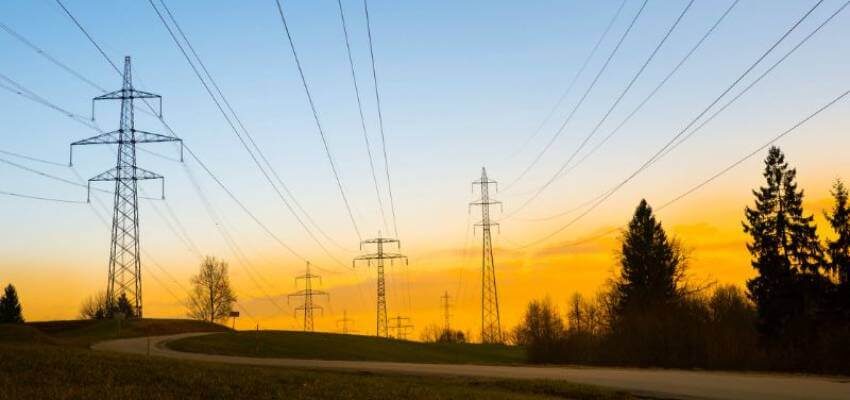Modelling Africa’s continental power systems master plan
Africa: IRENA will partner with the IAEA as a modelling partner for the development of the African Continental Power Systems Master Plan (CMP).

Image source: ESI Africa
Africa: IRENA will partner with the IAEA as a modelling partner for the development of the African Continental Power Systems Master Plan (CMP).
The International Renewable Energy Agency (IRENA) will collaborate with the International Atomic Energy Agency (IAEA) in the initiative led by the African Union Development Agency (AUDA-NEPAD) with technical and financial support from the European Union. It is meant to establish a long-term continent-wide planning process. The two agencies’ modelling tools will be the official planning models used in the initiative.
Energy ministers from around Africa have asked the AUDA-NEPAD to lead the development of the power systems master plan. After a two-year consultation process, coordinated by the EU Technical Assistance Facility (TAF) for Sustainable Energy, the five African power pools chose IRENA and the IAEA to support the continent’s modelling and capacity needs.
A unified transmission network across Africa will enable inter-country electricity trade between African countries as well as cross-continental trade with Europe and Asia. The latter could take place via existing links in North Africa.
In theory, this would allow African countries to source electricity from a wide range of competitive, clean energy sources. It would then also create renewable energy resources within the continent, foster investment opportunities, job growth and ultimately contribute to the region’s sustainable development.
Existing plans in countries in South and East Africa include more than 100 GW of new coal-fired power plants by 2040. If these come to be it would triple the production of CO2 emissions to 1,200 Mt a year. Under CMP, power generation options will be reviewed and reconsidered to maximise socio-economic benefits while minimising emissions.
IRENA and IAEA will also train AUDA-NEPAD staff and Power Pool experts on the use of the modelling tools, including IRENA’s System Planning Test (SPLAT) models using the IAEA’s Model for Energy Supply System Alternatives and their General Environmental Impacts (Message) tool. They will also support the team in the development of the CMP, ensuring knowledge transfer and capacity building.
The MESSAGE-SPLAT capacity expansion models are a key component and product of IRENA’s support to African countries. Built using the MESSAGE software, the agency has developed SPLAT models covering 47 African countries across the five African power pools.
They have been used in IRENA’s capacity building programmes on energy planning across the continent. The inter-agency cooperation between the IAEA and IRENA was formalised through a Practical Arrangement, signed by both organisations on 2 November 2016, and extended for another three years in 2019.
Source: ESI Africa
#Africa#African Continental Power Systems Master Plan#African Union Development Agency#International Atomic Energy Agency#International Renewable Energy Agency




